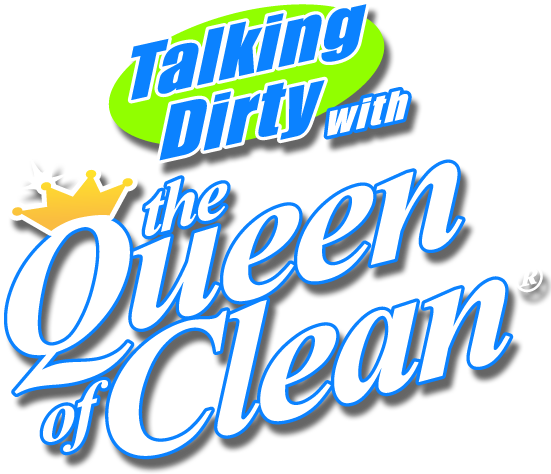CLEANING TIP SEARCH
Find your cleaning solution below
DO YOU KNOW THE DIFFERENCE BETWEEN CLEANING, DISINFECTING & SANITIZING?
DO YOU KNOW THE DIFFERENCE BETWEEN CLEANING, DISINFECTING & SANITIZING?
Cleaning removes germs, dirt, and debris.
Cleaning works by using soap and water to physically remove germs from surfaces.
Cleaning does not necessarily kill germs, but lowers their numbers by removing them. This, in turn, reduces the risk of spreading infection.
Disinfecting kills germs.
Disinfecting uses chemicals to kill germs.
Disinfecting does not necessarily clean dirty surfaces. Example of this is using a bleach solution. It disinfects, it doesn’t clean.
By killing germs on a surface after cleaning, disinfecting can further reduce the risk of spreading infection. It’s good to disinfect things like the remote, door handles, light switches, etc. after a family member has been sick. It’s also good to disinfect the door in and out of the toilet and the flush handle weekly.
Sanitizing lowers the number of germs to a safe level
Sanitizing works by either cleaning or disinfecting to lower the risk of spreading infection. This is more frequently done in public spaces.
What Does Soap Do?
Soap is an excellent cleanser because of its ability to act as an emulsifying agent. I like to call it a carrying agent.
An emulsifier is capable of mixing or combining one liquid into another liquid. This means that while oil (which attracts dirt) doesn’t naturally mix with water, soap can suspend oil/dirt in such a way that it can be removed.
Although soaps are excellent cleansers, they do have disadvantages.
Soaps form insoluble salts in hard water, such as water containing magnesium, calcium, or iron.
The insoluble salts form bathtub rings, leave films that reduce hair luster, and gray/roughen clothes, towels, etc., after repeated washings.
Now you know how soap scum is formed!

